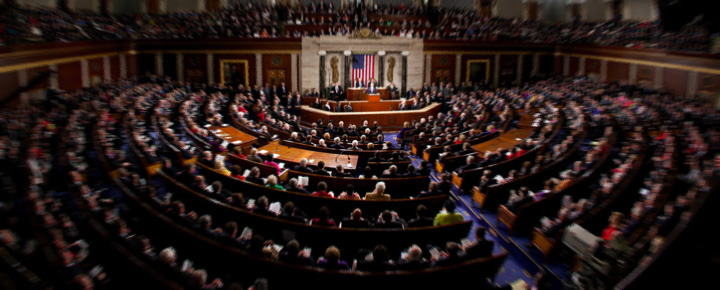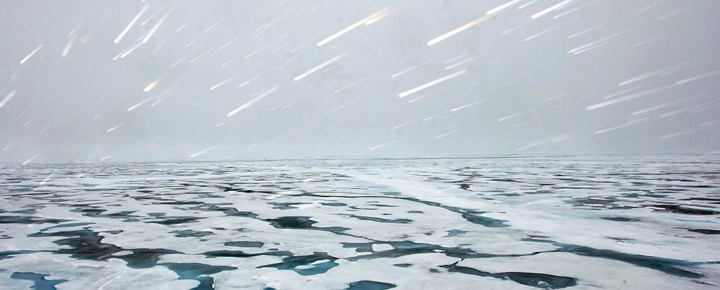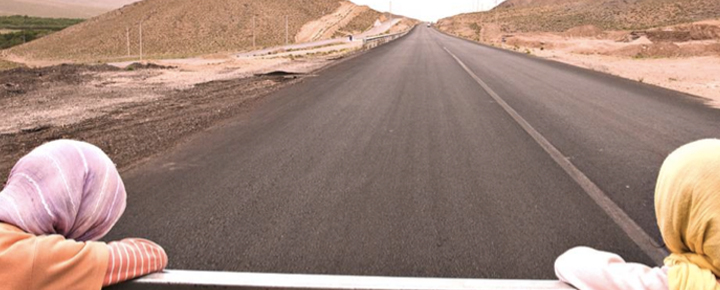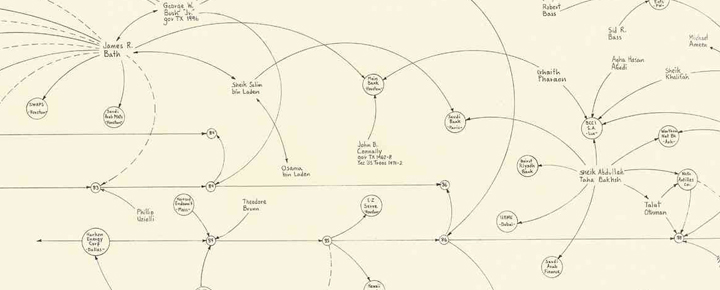During Wednesday’s State of the Union speech, President Obama reaffirmed climate action as one of the central planks his second term agenda, saying “I urge this Congress to pursue a bipartisan, market-based solution to climate change, like the one John McCain and Joe Lieberman worked on together a few years ago. But if Congress won’t act soon to protect future generations, I will.” (Emphasis added.)
The next day, I sat down with Jeff Nesbit, the Executive Director of Climate Nexus – a communications initiative that is working to change the national climate conversation, and tell the climate story in new and innovative ways. Jeff is a talented and seasoned communicator and wise in the ways of Washington. We discussed the speech, and what, exactly, the President could do without Congressional approval.
Quite a bit, it turns out. There are five areas in particular where the President has latitude to act unilaterally:
The first is to direct the Environmental Protection Agency to seek additional opportunities where it can regulate greenhouse gasses as a pollutant under the Clean Air Act. This authority was affirmed in 2007 in a landmark ruling by the Supreme Court, and it has since been used as the legal basis for raising the CAFE fuel efficiency targets for automobiles, as well as for setting the emissions limits for coal plants high enough to force the closure of older plants and effectively shutter plans for new ones.
However, this part of the story here is a bit more complex, as the current US boom in natural gas – much of it driven by hydraulic ‘fracking’ – had already provided energy companies with more positive economic incentives to shift away from coal plants. And, it must be pointed out, coal isn’t going away globally – its use is continuing to grow rapidly, particularly in developing economies. In fact, the International Energy Association (IEA) predicts that coal will actually rival oil, globally, as the world’s dominant energy source by as early as 2017. (China uses more coal than the rest of the world combined, and India is on track to become the world’s largest importer – neither country has a fully developed natural gas infrastructure.) Indeed, so voracious are the developing economies’ (and Europe’s) appetites that US coal exports are skyrocketing. Whether these exports will ultimately raise or lower emissions is a subject of recent debate and conjecture.
One situation the EPA will likely address this year is the regulation of coal ash, a toxic byproduct of coal burning that gained national notoriety in a horrific spill in 2008 which dumped more than 525 million gallons of wet coal ash into the Tennessee River and surrounding areas. Industry groups argue that regulating coal ash as toxic waste could cost it $20 billion annually – a burden it can ill afford, given the circumstances described above (which is, presumably, just what environmental activists hope).
Given the natural gas boom mentioned above, the second thing that Obama can do is ensure that natural gas pipelines are secure and have minimal leakage. Methane, the key ingredient in natural gas, is a much worse greenhouse gas than carbon – and according to a 2011 study by the Proceedings of the National Academies of Science, if too much gas leaks into the atmosphere, and not into a pipeline, it could actually make gas much worse than coal in terms of climate effects. As long as such leaked gas remains under 3.2% of the total, gas-powered plants ecologically outperform coal-powered plants. Worryingly, however, field research, just-published in Nature, undertaken in the Uinta Basin of Utah where a big natural gas project is underway, found a whopping 9% of the methane pulled out of the ground was going straight into the air. The Administration must insist on tough rules for monitoring and tougher maximum leakage limits.
The third thing that Obama can do unilaterally is to more wholeheartedly embrace efficiency. In his speech, he actually proposed doubling US energy efficiency by 2030, which is a huge task, but there are some things he can do on his own to get started. These include improving the energy efficiency of household appliances (which are regulated by the Department of Energy) and retrofitting federal buildings (a bill for which was recently introduced by Senator Barbara Boxer) and copying the “Race to the Top” model in education reform by creating similar competition for Federal dollars among the States for improving efficiency. (This last one is actually in the President’s more detailed post-speech proposals.)
The fourth approach Obama can undertake on his own is to work to accelerate the technical substitution of hydrofluorocarbons (HFCs). HFCs are gasses used in refrigeration and air conditioning, and their original purpose was beneficial: they were introduced by the chemical industry as part of the Montreal Protocol to replace chlorofluorocarbons (or CFCs) that created the ‘ozone hole’ in the 1980s. Today, almost all CFCs have been phased out, and the ozone hole is shrinking dramatically. Unfortunately, the HFCs which replaced them are ‘super greenhouse gasses’ – molecule-for-molecule, almost 4000 times more atmospherically potent than carbon dioxide.
The good news is that replacements for HFCs are on the horizon. For example, two American companies, DuPont and Honeywell, recently formed a joint venture to produce a ‘drop in’ automotive refrigerant that is 97% less impactful than the HFC it replaces. So one possible opportunity for Obama (and John Kerry) is use the existing platform of the Montreal Protocol to move the more-than-190 countries who are signatories to it away from HFCs.
Finally, there’s a fifth thing Obama can do: put real muscle into making sure we don’t go backwards. Little noticed amid the hoopla of increased automotive fuel efficiency standards was an ‘escape clause’ for carmakers: if, in 2018, they aren’t selling enough of Chevy Volts and Tesla Sedans, they can argue for a reversion of the standards. Obama can put effort into pressuring the car companies to either drop the escape clause, or make progress to the goal faster.
Taken together, argues Nesbit, these actions don’t amount to an energy policy, but they could propel two positive outcomes: first, spurring Congress to act more comprehensively, and second, returning America to a leadership position in the global climate arena, putting the President in a position, by 2015, to negotiate bilateral climate deals with India and China, which is the real prize.
I said to Jeff, “This list has many features of an energy policy, though it clearly isn’t one. What’s missing that would round it out?”
Without hesitation, he said:
“A Manhattan Project for renewables. But you can’t do that without the Congress.”
Official White House Photo by Lawrence Jackson



